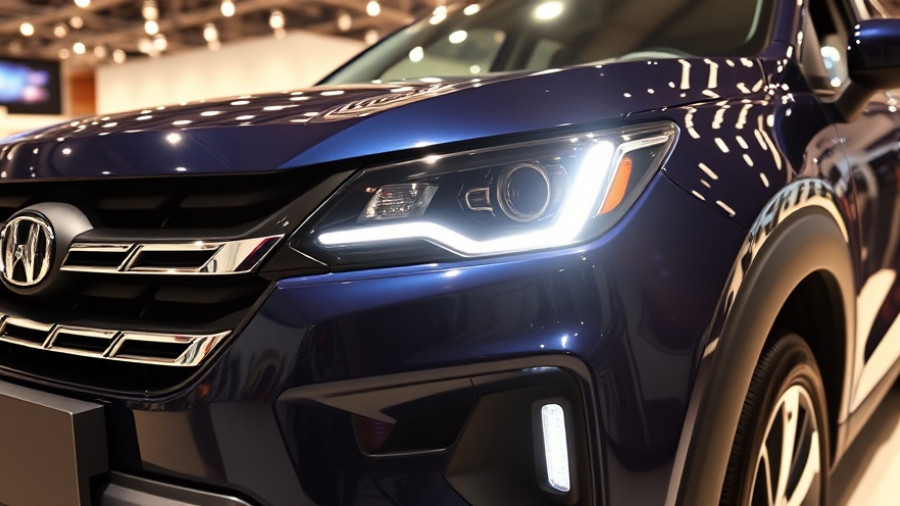
Can Volvo Truly Compete with Audi in the U.S. Market?
As the automotive landscape continues to evolve, the competition within luxury brands is intensifying. Recently, Volvo's new leadership expressed optimism about significantly increasing its sales in the United States, aiming to match Audi’s performance. But can Volvo realistically achieve this ambitious goal?
Volvo’s Bold Targets and Strategic Shifts
Volvo has set an audacious target of 200,000 retail sales in the U.S. by 2030, a steep climb from its current figures. This ambition represents a crucial shift as the company adopts a hyper-regional approach to marketing and supply, tailoring strategies to fit the unique demands of diverse U.S. markets—essentially viewing the country not as one entity but as 50 differentiated territories.
Audi’s Position: Strengthening Its U.S. Market Presence
Simultaneously, Audi is not standing still. The brand is eyeing an expansion in the U.S., targeting a goal of nearly doubling its current annual sales. With plans to boost production and possibly open a factory in the region, Audi is preparing to tackle the various challenges posed by steep tariffs on imported vehicles.
Key Factors for Success: Economic and Strategic Obstacles
Both Volvo and Audi face significant hurdles as they navigate a complex U.S. market landscape. For instance, Audi's operational costs have been exacerbated by an estimated €600 million loss attributed to tariffs in the first half of 2025 alone. Additionally, the European Commission’s potential agreement to reduce tariffs from 27.5% to 15% could be a game-changer for both brands, altering the competitive dynamics.
Market Trends: How Consumer Behavior Is Shifting
As consumer preferences evolve toward sustainability, Volvo is stepping up its game by focusing on eco-friendly models and highlighting its commitment to reducing emissions. This shift aligns with broader industry trends where buyers are increasingly considering sustainability as a key factor in their purchasing decisions. Audi, too, is implementing changes in its lineup to capture this growing demographic of environmentally-conscious consumers.
Lessons from the Competitive Landscape
The race between Volvo and Audi in the U.S. market symbolizes a larger narrative in the automotive industry—one where adaptation and agility are vital. Each brand's ability to respond to tariffs, production challenges, and changing consumer expectations will ultimately dictate their success.
The upcoming years will be critical as both manufacturers implement their strategies to enhance visibility, boost sales, and connect with American consumers. The integration of regional tactics, production innovations, and a renewed focus on sustainability may provide Volvo with the edge it needs to enter into fierce competition with Audi.
 Add Row
Add Row  Add
Add 




Write A Comment